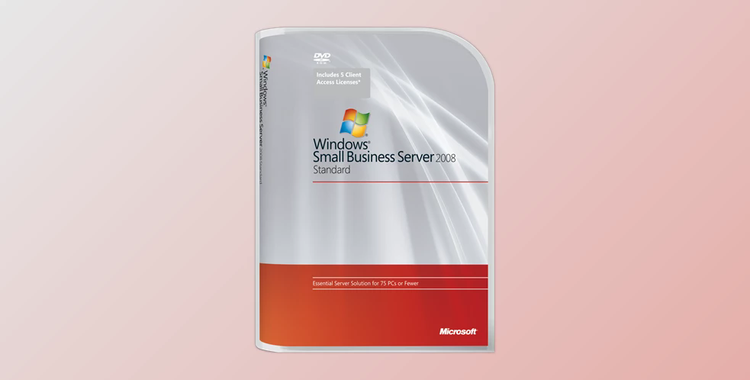
Microsoft Windows Server 2008 is a server that uses the kernel that belongs to Windows 7 and it is a server version of it. This Windows was the first that was released only in the 64-bit version and then later version was supposed to be released in the same manner. During the first months of the year 2011, Microsoft released its first service pack for Windows and after that, it is being updated online. Some of the upgrades include
Federation Services and Active Directory Rights Management Services.
The Microsoft Windows Server has the following features:
Server Core:
Server Core is a minimal server for installation for the Windows Server 2008 R2. This server provides a low- maintenance server environment that has a limited functionality.
Server Core is capable of some great roles and the minimal nature of this server creates some limitations such as:
Server core has been designed to be used by the network and developers of the file service infrastructure, server management tools, and IT Planners.
Active Directory:
Active Directory Domain was renamed as Active Directory Domain Services as it was kept from the Windows Servers 2003. The process of the installation of the Active Directory on the Windows Server 2008 is very simple, but some beginners and even IT professionals that never had the chance to use the AD installations may face difficulties.
Here is a list of what you should have for the installation of the Active Directory.
Hyper-V:
Hyper-V is mainly used within the server to manage Virtual Machines. Hyper –V server which is a standalone product, only includes the roles which are related to virtualization. Hyper-V is free. The new improvement of the Hyper-V 2019 got some new features and improvements but still, there are some old add-ons for the Windows Server such as the Windows Admin Center and some other apps that are compatible to stay consistent with the existing Microsoft Console. Some users complained about the Hyper-V being dead and that Microsoft didn’t care much about this release. It was a false statement and Microsoft has been changing and adapting to the changes for betterment.
Disk Control and Document Storage:
Disk control and management as well as document storage provide many ways to manage and handle the existing partitions and drives. Windows Server 2008 R2 SP1 provides some other utilities to carry out some tasks such as converting a volume to NTFS and checking the drive for the errors. Cleaning up unused disk spaces is another common task that can be carried out.
Windows System Resource Manager:
Windows System Resource Management can be used to allocate processor and memory resources to its users, applications, and Internet Information Services. Just because the Windows Server 2008 R2 is designed in a way to give as many resources as it can to non-operating system tasks, a server that runs on a single role does not require resource management.
Failover Clustering:
A failover cluster is a bunch of independent computers that work together just to increase the availability of the applications as well as services such as the or the print server service and file server service.
Protocol and Cryptography:
Protocols and Cryptography such as Kerberos authentication protocol, Safe Socket Tunneling protocol, Server Message Block,2.0 protocol, and the new cryptography and the administration of the certificates are available and are some of the types of protocols that help in better protection and use of authentication and high-latency connection.
Miscellaneous: